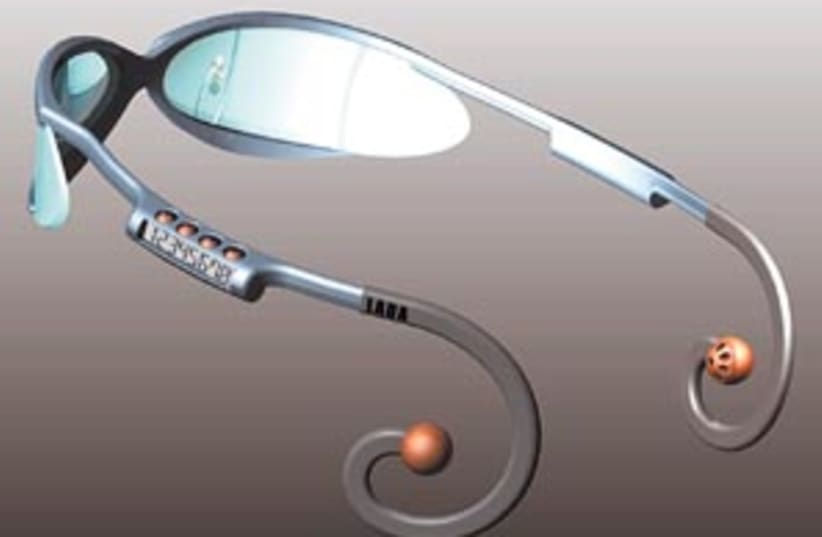| More about: | Book of Joshua, Israel, Givati Brigade, Japheth |
Designs on the future
The Design 2006 exhibition in Tel Aviv showcases Israel's foray into the interior/exterior fashion field.


| More about: | Book of Joshua, Israel, Givati Brigade, Japheth |